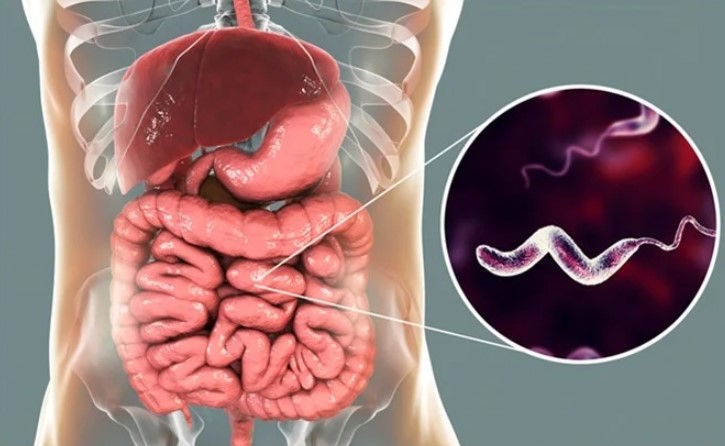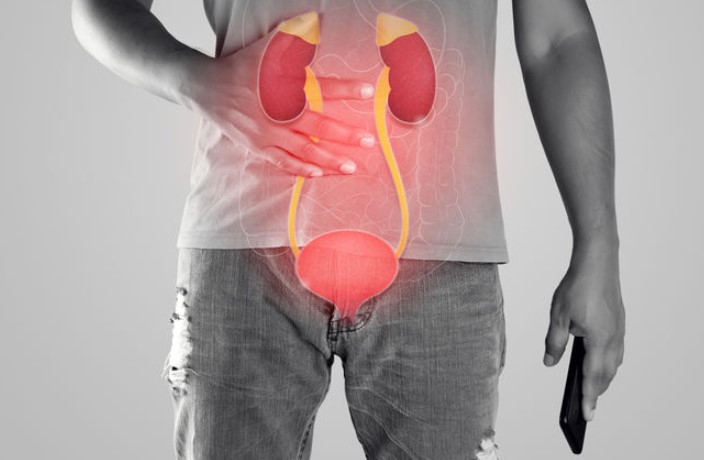
Understanding Campylobacter Infection: A Comprehensive Guide
Introduction
Campylobacter infection might sound like a complicated term, but it’s a common bacterial infection that affects millions of people worldwide. Whether you’re a foodie, a pet owner, or just someone who enjoys the great outdoors, understanding this infection is crucial. Let’s dive deep into what Campylobacter infection is, its causes, symptoms, and how you can protect yourself and your loved ones from this pesky bacteria.
Causes of Campylobacter Infection
Bacterial Origin
Campylobacter infection is caused by bacteria of the genus Campylobacter, with Campylobacter jejuni being the most common culprit. These spiral-shaped bacteria thrive in the intestines of animals and can be found in various environments.
Common Sources of Infection
You might be wondering, “How do I get infected?” Common sources include:
- Contaminated Food: Undercooked poultry, unpasteurized milk, and contaminated water are prime suspects.
- Direct Contact with Animals: Pets, especially puppies and kittens, can carry the bacteria.
- Cross-Contamination: Using the same cutting board for raw and cooked foods can spread the bacteria.
Symptoms of Campylobacter Infection
Early Signs
Symptoms usually appear 2 to 5 days after exposure and can range from mild to severe. Early signs include:
- Diarrhea (often bloody)
- Abdominal pain and cramping
- Fever
- Nausea and vomiting
Severe Symptoms
In some cases, the infection can lead to severe symptoms such as:
- Persistent high fever
- Severe dehydration
- Blood in stools
How Campylobacter is Transmitted
Person-to-Person Transmission
While rare, person-to-person transmission can occur through the fecal-oral route, especially in households with poor hygiene practices.
Foodborne Transmission
The most common mode of transmission is through consuming contaminated food, particularly undercooked poultry and unpasteurized milk.
Waterborne Transmission
Drinking or swimming in contaminated water can also lead to infection. This is more common in areas with poor sanitation.
Risk Factors for Campylobacter Infection
High-Risk Populations
Certain groups are more susceptible to Campylobacter infection, including:
- Young children
- Elderly individuals
- Immunocompromised individuals
Environmental Factors
Factors such as poor sanitation, lack of clean water, and inadequate food safety practices can increase the risk of infection.
Diagnosis of Campylobacter Infection
Medical History and Physical Examination
Your healthcare provider will start with a detailed medical history and physical examination to look for signs of infection.
Laboratory Tests
Stool tests are the most common method for diagnosing Campylobacter infection. In some cases, blood tests may be necessary to identify complications.
Treatment Options for Campylobacter Infection
Home Remedies
For mild cases, rest, hydration, and over-the-counter medications to manage symptoms are often sufficient.
Medical Treatments
Severe cases may require hospitalization for intravenous fluids and electrolytes.
Antibiotics Use
Antibiotics are generally reserved for severe cases or for individuals with weakened immune systems.
Complications Associated with Campylobacter Infection
Short-term Complications
These may include severe dehydration, which can be life-threatening if not treated promptly.
Long-term Complications
In rare cases, Campylobacter infection can lead to long-term issues such as Guillain-Barré syndrome, a condition that causes muscle weakness and paralysis.
Preventing Campylobacter Infection
Food Safety Practices
- Always cook poultry thoroughly.
- Avoid cross-contamination by using separate cutting boards for raw and cooked foods.
- Wash your hands thoroughly after handling raw meat.
Personal Hygiene
- Wash hands regularly, especially after using the bathroom and before eating.
- Ensure children practice good hygiene.
Safe Drinking Water
Drink only clean, treated water. Avoid drinking water from lakes, rivers, or streams unless it’s been properly treated.
Campylobacter Infection in Pets
Transmission from Pets to Humans
Pets can be carriers of Campylobacter without showing symptoms, posing a risk to humans through direct contact or contaminated environments.
Symptoms in Pets
Pets, especially young ones, may exhibit symptoms such as diarrhea and lethargy.
Preventive Measures for Pet Owners
- Regular veterinary check-ups for pets
- Proper hygiene when handling pets and cleaning up after them
Impact of Campylobacter Infection Globally
Incidence Rates
Campylobacter infection is one of the most common bacterial infections globally, with millions of cases reported annually.
Regional Differences
Incidence rates vary, with higher rates in developing countries due to poorer sanitation and food safety standards.
Recent Research and Developments
Advances in Treatment
Recent research focuses on developing more effective antibiotics and treatments to combat antibiotic-resistant strains.
Ongoing Studies
Scientists are continually studying Campylobacter to better understand its transmission, resistance patterns, and potential vaccines.
Myths and Misconceptions about Campylobacter Infection
Common Myths
- Myth: Only undercooked chicken can cause infection.
- Fact: Other foods like unpasteurized milk and contaminated water can also be sources.
- Myth: Pets cannot transmit Campylobacter.
- Fact: Pets can indeed be carriers and transmit the bacteria to humans.
Fact-Checking
Understanding the facts helps in better prevention and management of the infection.
Living with Campylobacter Infection
Managing Symptoms
Stay hydrated, rest, and follow your healthcare provider’s advice.
Lifestyle Adjustments
Adopting better hygiene and food safety practices can help prevent future infections.
Conclusion
Campylobacter infection is a common yet preventable bacterial infection. By understanding its causes, symptoms, and preventive measures, we can reduce its impact on our health. Awareness and proper hygiene are our best defenses against this infection.
FAQs
Can Campylobacter Infection be Prevented?
Yes, with proper food safety practices, personal hygiene, and ensuring safe drinking water, you can significantly reduce the risk.
How Long Does It Take to Recover from Campylobacter Infection?
Most people recover within a week, but some severe cases may take longer.
Are There Long-Term Effects of Campylobacter Infection?
While rare, some individuals may develop long-term complications like Guillain-Barré syndrome.
Is Campylobacter Infection Contagious?
It can be, particularly through the fecal-oral route, but it’s less common compared to other modes of transmission.
What Foods are Most Likely to Cause Campylobacter Infection?
Undercooked poultry, unpasteurized milk, and contaminated water are the most common sources.
You May Also Like

Childhood Obesity
March 26, 2024
Understanding Bladder Cancer: Symptoms, Causes, and Treatments
July 1, 2024
